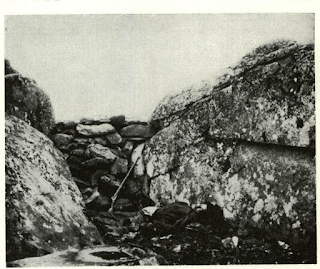Not all was glory with the Sharpshooters, and one
The Petersburg (Va.) Express drew the longbow in
Rifles against cannon proved to be more than a
“Old Seth” from New Hampshire was another Sharpshooter who captured a cannon. He was a dyed-in-thewool shooter who had been complaining about camp
Seth took up a position in a rifle pit, somewhat in
The New Hampshire man would have had no chance
So successfully did he place his shots around the big
The Petersburg (Va.) Express drew the longbow in
“A McClellan Sharpshooter had been picked off by aRiflemen performed unusual military tasks in theKentucky hunter, at two hundred yards distance, and on approaching the pit where the Sharpshooter lay, it was found to contain a cushioned arm chair, choice liquors and segars, and food of the best description.”
Rifles against cannon proved to be more than a
“Old Seth” from New Hampshire was another Sharpshooter who captured a cannon. He was a dyed-in-thewool shooter who had been complaining about camp
Seth took up a position in a rifle pit, somewhat in
The New Hampshire man would have had no chance
So successfully did he place his shots around the big


Comments
Post a Comment